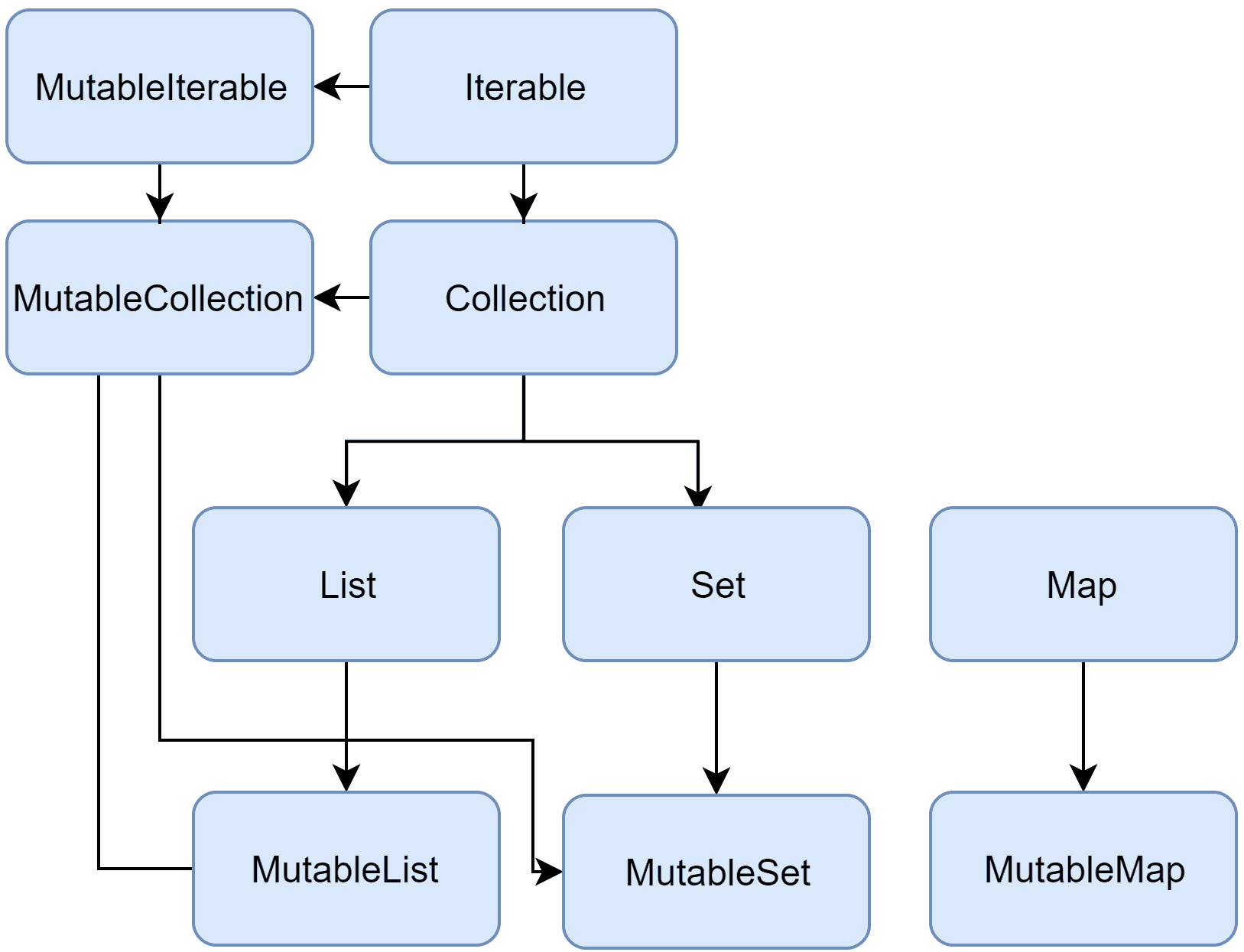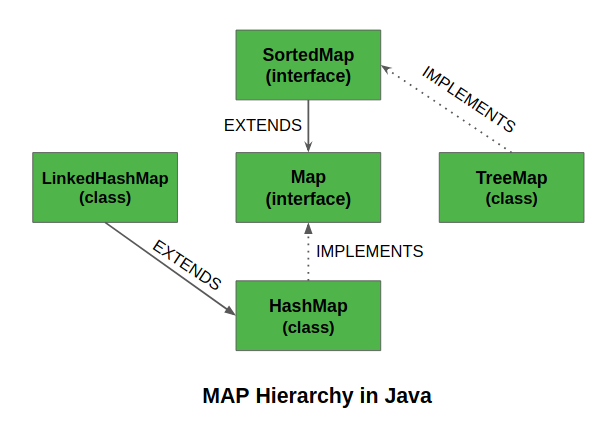


Now that we’ve successfully made a single association, we can do the same thing for the rest of the tools… and then put them all together into a map! Map Fundamentals val association = Pair("Nail", "Hammer")Įxplicitly specifying the type of the association variable. In our case, let’s associate two String objects - one for a nail, and one for a hammer. You can call its constructor with any two objects, regardless of their types. The constructor of this class has two parameters. One simple way to associate two values is to use a class called Pair. In this chapter, we’ll build out Kotlin’s equivalent of a table like this, but before we do, let’s start by creating a single association. Tables like this show that there are associations between things - a nail is associated with a hammer, a hex nut is associated with a wrench, and so on. (Easy stuff!) Hammer Wrench Wrench Slotted Screwdriver Phillips Screwdriver Tool to Use Nail Hex Nut Hex Bolt Slotted Screw Phillips Screw Hardware Which tool should be used with a slotted screw? A Slotted Screwdriver! Just scan down the left-hand column for the hardware you need to work with, and then scan across to see the right tool to use.” How to scan a table. “Now, with this table, you can easily look up what tool you need. Hammer Wrench Wrench Slotted Screwdriver Phillips Screwdriver Tool to Use Nail Hex Nut Hex Bolt Slotted Screw Phillips Screw Hardware A two-column table of tools - hardware in the left column, tools in the right column. In order to help Jim pick out the right tool, he sketched out a table of the different hardware and tools in his toolbox. “When you’ve got a nail, you need to use a hammer, not a screwdriver.” Andrews taught his young son Jim, who was just starting to learn how to become a handyman like his old man.

“You gotta use the right tool for the job.” That’s what Mr. In this chapter, we’re going to look at one more kind of collection - a map. Is a Map with map write operations, for example, you can add a new key-value pair or update the value associated with the given key.In the last chapter, we saw how collections, such as lists and sets, can be used to do things that couldn’t be done easily with separate, individual variables. Two sets are equal if they have the same size, and for each element of a set fun main() ") Store unique element -> can contain only one null However, HashSet requires less memory to store the same number of elements. Says nothing about the elements order, so calling such functions on it returns unpredictable results. Val people2 = listOf(Person("Adam", 20), Person("Bob", 31), bob) Val people = listOf(Person("Adam", 20), bob, bob) class Person(var name:String, var age:Int) Two lists are considered equal if they have the same sizes and structurally equal elements at the same positions. In Kotlin, the default implementation of List is ArrayList


 0 kommentar(er)
0 kommentar(er)
